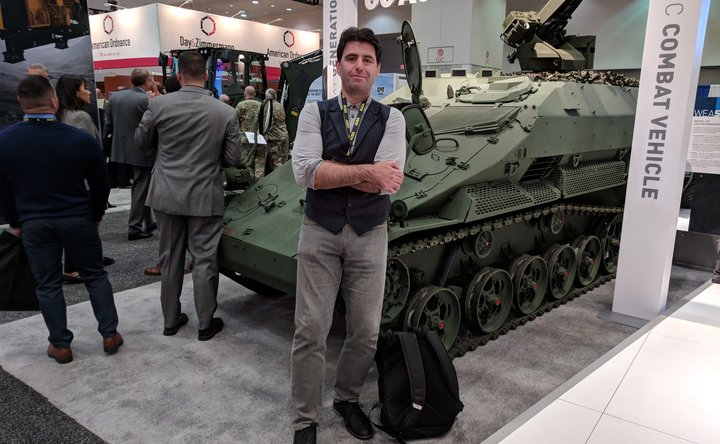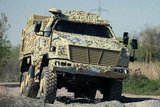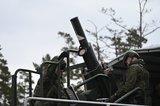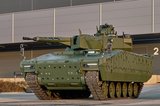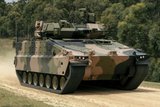BAE Systems expands Amphibious Combat Vehicle family with modular capabilities for future missions
The ACV Logistics variant displayed at MDM. (Photo: author)
Between late April and early May, BAE Systems announced two contracts for 60 Amphibious Combat Vehicles (ACVs) as part of a larger order to supply the US Marine Corps with a fleet of multipurpose combat vehicles. Shephard spoke with Rebecca McGrane, VP and general manager of ACVs at BAE Systems, during the recent Modern Day Marine (MDM) exposition about the status of the four ACV variants in development, including the upcoming Recovery variant and a potential new Logistics variant.
The company announced on 1 May a US$172 million Full-Rate Production (FRP) contract for the production of 30 ACVs, which followed
Already have an account? Log in
Want to keep reading this article?
More from Land Warfare
-
![Romania set to order KF41 Lynx infantry fighting vehicles]()
Romania set to order KF41 Lynx infantry fighting vehicles
Romania’s effort to buy infantry fighting vehicles is expected to include five configurations: a standard platform with a 30mm autocannon, a command variant, an armoured recovery vehicle, a medical evacuation vehicle and a 120mm self-propelled mortar.
-
![Team LionStrike polishes British Army vehicle offering for Land Mobility Programme]()
Team LionStrike polishes British Army vehicle offering for Land Mobility Programme
Team LionStrike has demonstrated its offering for the British Army’s Land Mobility Programme with plans to bid the Chevrolet Silverado and two variants of the platform: the Infantry Squad Vehicle and General Support Utility Platform.
-
![South Korean companies turning necessity into export opportunity]()
South Korean companies turning necessity into export opportunity
South Korea’s particular geopolitical situation and threat environment has created a defence industry ecosystem of substantial size and breadth.







